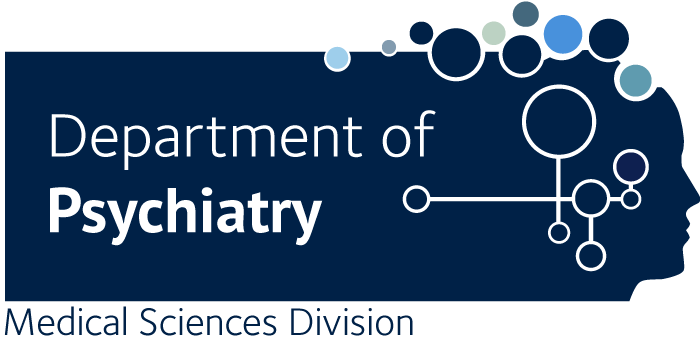Covariation of activity in habenula and dorsal raphé nuclei following tryptophan depletion.
Morris JS., Smith KA., Cowen PJ., Friston KJ., Dolan RJ.
Abnormal serotonergic function is implicated in the pathogenesis of affective disorders. We induced transient depressive relapses in volunteer patients by rapidly depleting plasma tryptophan, the precursor of serotonin (5-HT), and measured neural activity during different cognitive tasks using positron emission tomography (PET). Neural activity in several 5-HT-related brain areas, e.g., dorsal raphé, habenula, septal region, amygdala, and orbitofrontal cortex, covaried significantly with plasma levels of tryptophan and ratings of depressed mood. Task-specific responses in left amygdala and left anterior cingulate were attenuated by tryptophan depletion. We used these PET data to test the hypothesis that projections from the habenula modulate dorsal raphé activity and that this modulation is enhanced in patients experiencing a profound mood change following serotonergic challenge. A strong linear correlation (r(2) > 0.5) between habenula and raphé activity was observed in subjects with postdepletion ratings >/=10 on a modified Hamilton depression scale, whereas subjects experiencing milder changes in mood had weaker habenula-raphé coupling (r(2) < 0.5). These data support a model of the serotonergic system in which the habenula projection to the raphé represents a convergent feedback pathway that controls the release of 5-HT throughout the brain. In our experiment we were able to engage this system in patients who were sensitive to tryptophan depletion.

